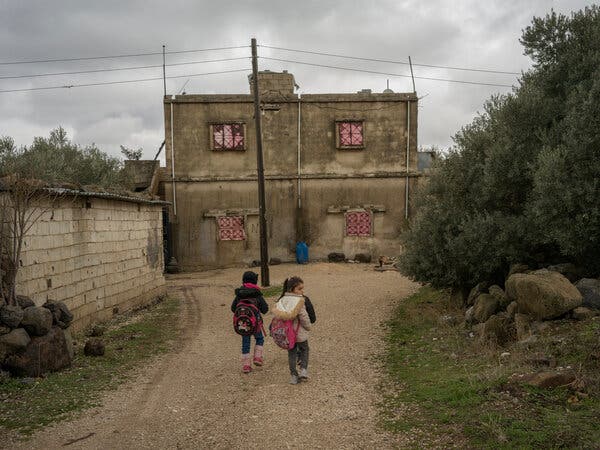A projected 5 percent drop in this year’s freshman class follows a number of disruptions last year, including persistent failures with the FAFSA form.
Listen to this article · 5:16 min Learn more
- Share full article

Students at the University of Arizona in February. Data released on Wednesday highlighted a drop in freshman enrollment, particularly at schools serving students from lower-income families.
Freshman enrollment dropped more than 5 percent from last year at American colleges and universities, the largest decline since 2020 when Covid-19 and distance learning upended higher education, according to preliminary data released on Wednesday by the National Student Clearinghouse Research Center, a nonprofit education group.
The finding comes roughly a year after the federal student aid system was dragged down by problems with the Free Application for Federal Student Aid form, commonly known as FAFSA, which led to maddening delays this year in processing families’ financial data to send to school administrators. That in turn held up the rollout of financial aid offers well into the summer, leaving many families struggling to determine how much college would cost.
By itself, the enrollment data does not establish that errors with the FAFSA form caused a significant number of students to postpone college out of frustration with the process or to choose lower-cost alternatives to four-year schools, such as community colleges or two-year degree programs.
But the numbers released on Wednesday highlighted a drop in freshman enrollment, particularly at schools serving students from lower-income families that disproportionately depend on federal aid to afford college.
Most significantly, the data indicated that both public and private four-year schools that admit the largest shares of students receiving Pell grants saw freshman enrollment dip by more than 10 percent from 2023 levels.
Pell grants provide a subsidy of up to $7,395 per year for low-income students and offer a financial boost for schools that disproportionately enroll lower-income students. The grants generally support families in the lower half of household income distribution — those earning $60,000 a year or less — but more than half have typically gone to students whose families earn less than $20,000 annually.
We are having trouble retrieving the article content.
Please enable JavaScript in your browser settings.
Thank you for your patience while we verify access. If you are in Reader mode please exit and log into your Times account, or subscribe for all of The Times.
Thank you for your patience while we verify access.
Already a subscriber? Log in.
Want all of The Times? Subscribe.
SKIP ADVERTISEMENT
Source: nytimes.com



